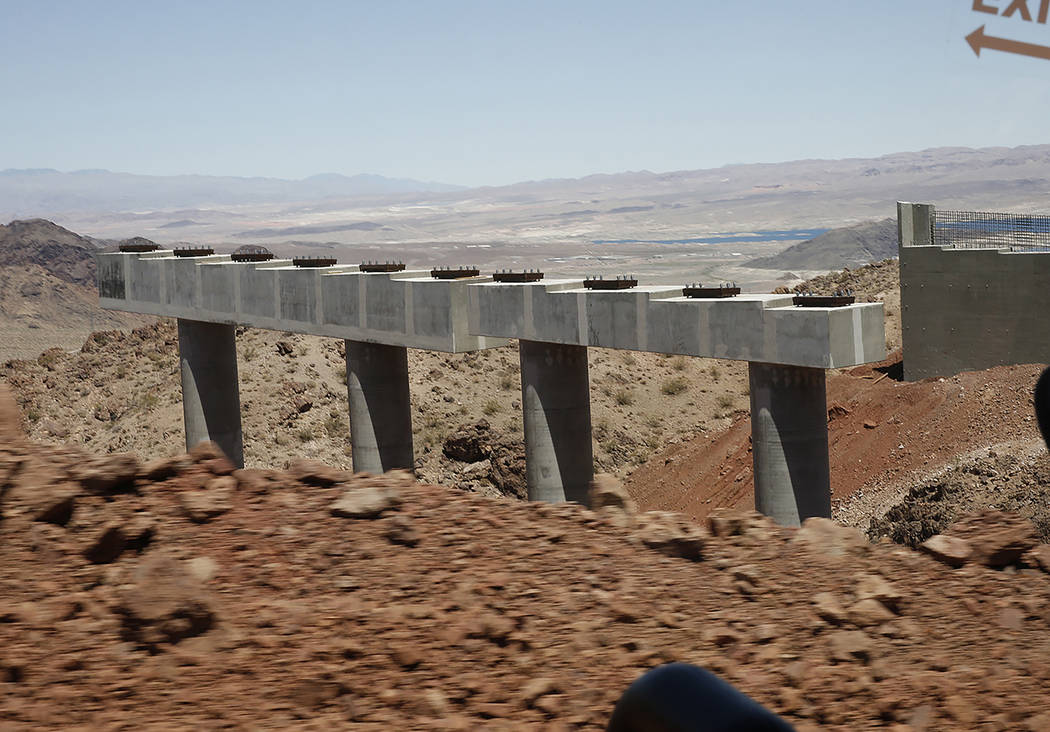Beatty town board voices I-11 concerns
Development of new interstate highways has caused the demise of several small towns, and the Beatty Town Advisory Board doesn’t want that to happen to Beatty with the building of Interstate 11.
The board recently sent a letter to the Nevada Department of Transportation with its concerns and suggestions for the project.
Noting that planning is in preliminary stages and that they have not seen any map of possible routes, they said they could only comment in broad terms.
The effect on tourism, which is the greatest part of the town’s economy, was the biggest concern.
“As it is today,” the letter states, “through Beatty must remain the way to get to Death Valley. There absolutely cannot be any type of direct interstate access via exits on I-11.”
The board also asked that “traditional and digital signage” highlight tourist attractions, things to do and places to see, along with services available in Beatty and distance to the next services.
The board said that construction must not impact migratory routes and habitat of wildlife species, and that the town’s eco-tourism activities and plans be considered “so as not to have a negative impact on Beatty’s current and future economic growth.”
It asked that landscaping and signage be designed to “invite consumer traffic through Beatty” and that it be made clear that a bypass was intended for commercial traffic.
The board was also concerned about maintaining the quality of life of Beatty residents, saying that “sound, light and air pollution must not increase as a result of this project.”
There is no timeframe yet for construction of I-11, and its original intended purpose - to provide a commercial trucking route between Mexico and Canada - may be in jeopardy, as states north of Nevada have reportedly expressed opposition.
Richard Stephens is a freelance reporter living in Beatty.
A closer look
- Interstate 11 has roots in the U.S. wanting to increase trade between Canada, Mexico and the U.S.
- In 1995, Congress defined the Canamex Corridor in its National Highway Systems Designation Act, a joint effort between Nevada, Arizona, Idaho, Utah and Montana.
- The National Highway bill was signed into law and prompted the development of a continuous four-lane highway between the three countries, to increase trade, according to information on NDOT's website.
- Congress had worked to outline the Canamex route in legislation in the early 90s; and a year before the National Highway Systems bill came into law, the North American Free Trade Agreement came to be.
- In 2012, federal legislation created by Congress designated the planned freeway between Las Vegas and Phoenix as the Future I-11. Work on NDOT's 2.5-mile section of freeway, which stretches from Railroad Pass to U.S. Highway 95, is wrapping up and is expected to be completed in April.
- Another 12.5-mile stretch that goes from the intersection of U.S. 95 to U.S. Highway 93 to near the Hoover Dam Bypass Bridge, is expected to come to completion in October. That segment of road is being developed by the Regional Transportation Commission of Southern Nevada.
SOURCE: Jeffrey Meehan, Pahrump Valley Times


















